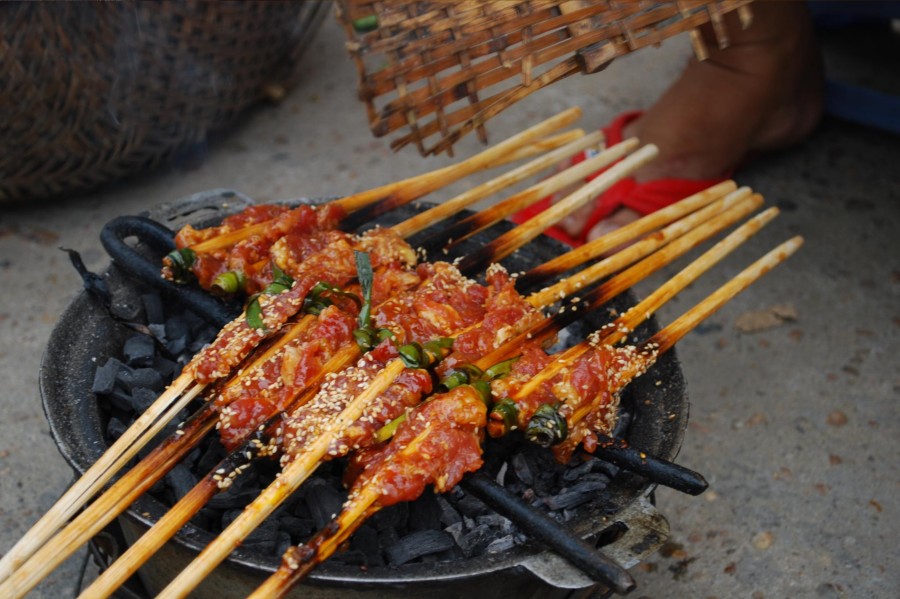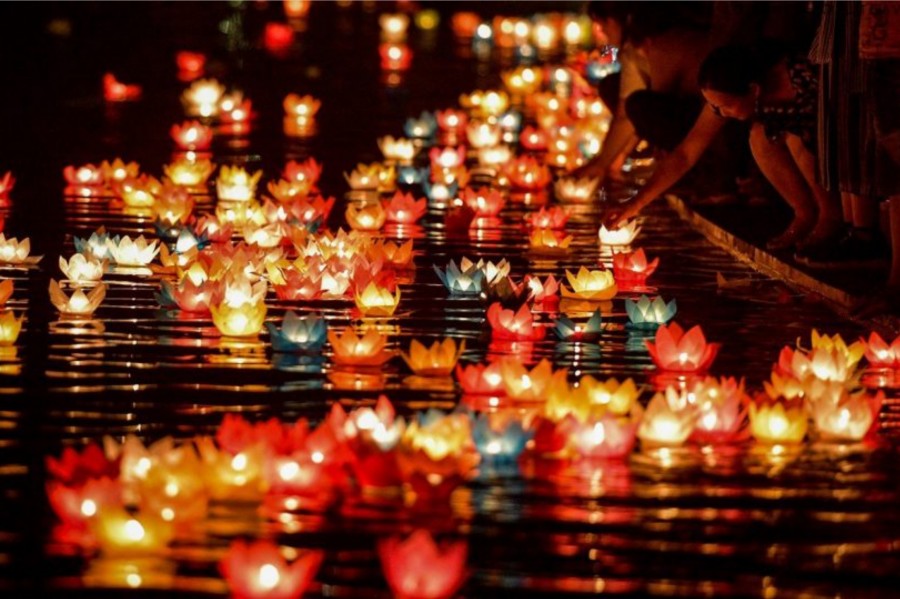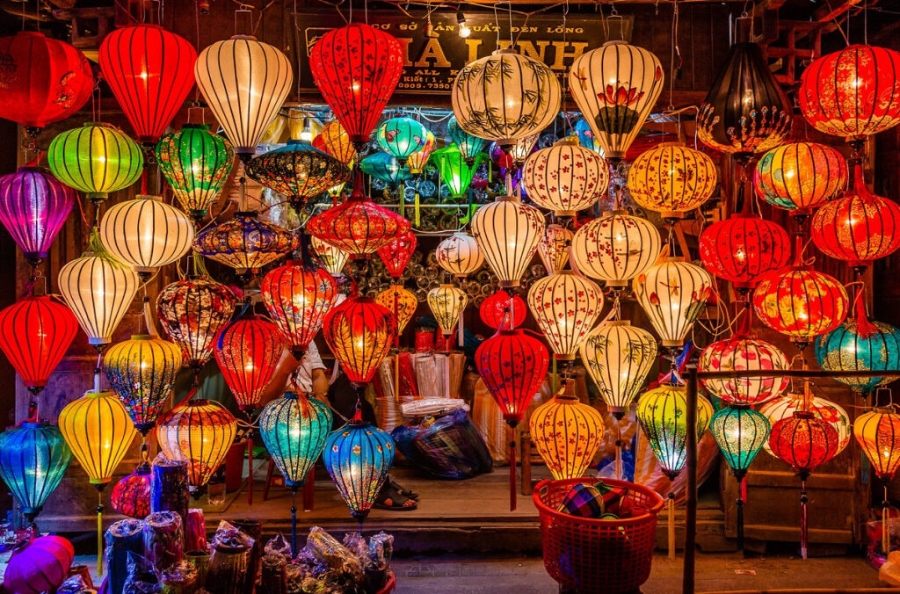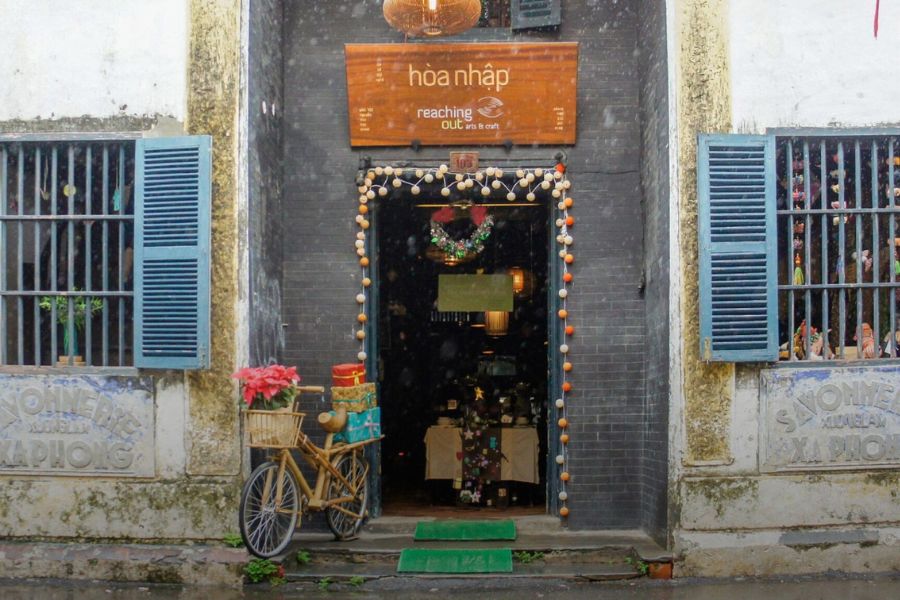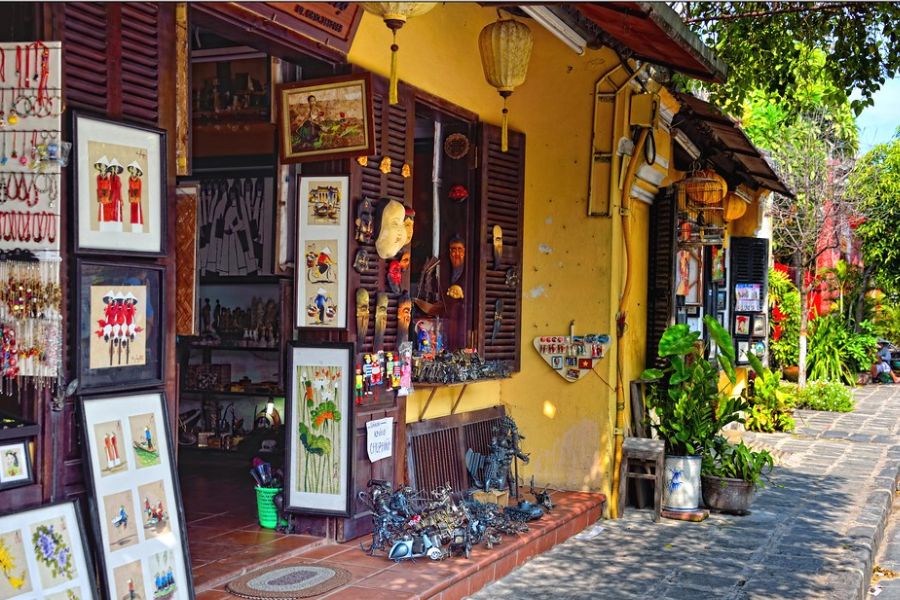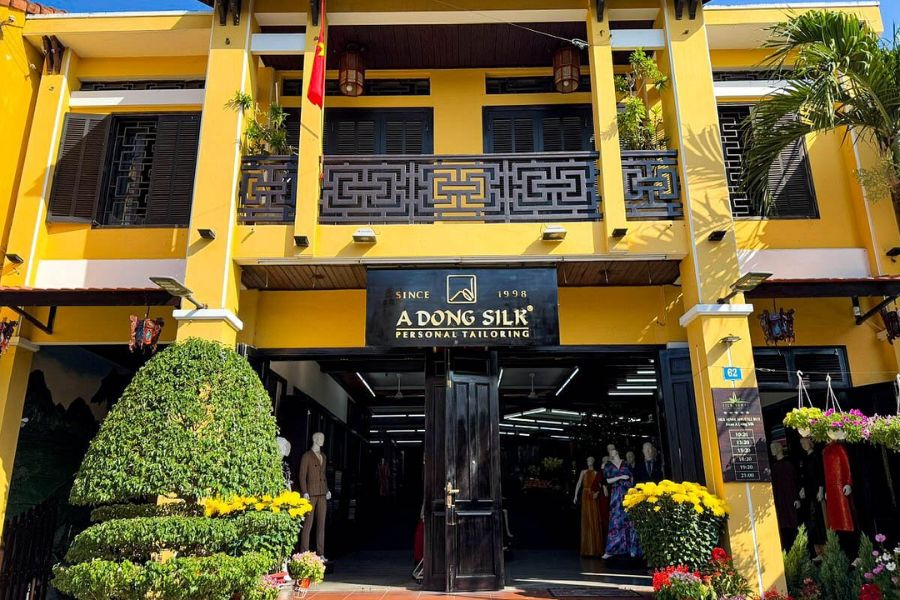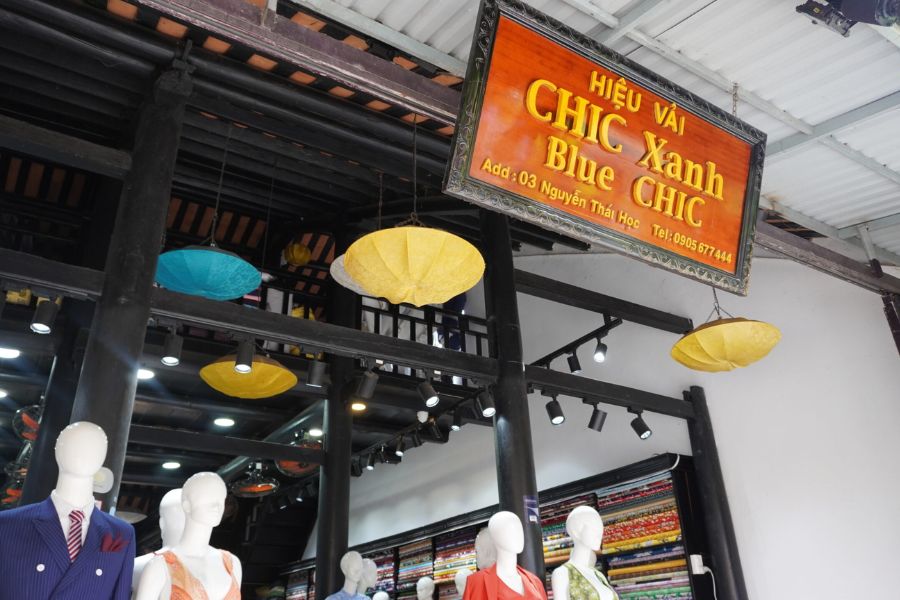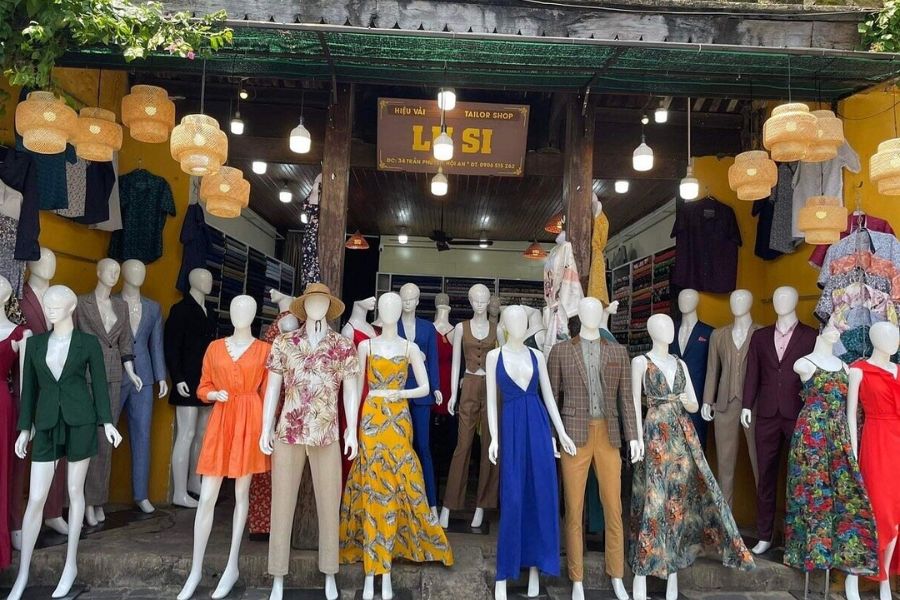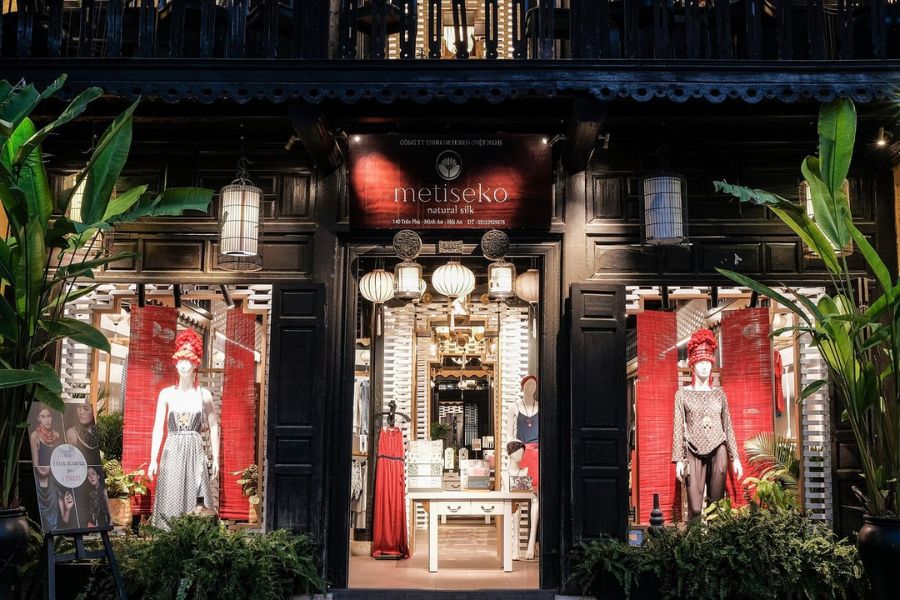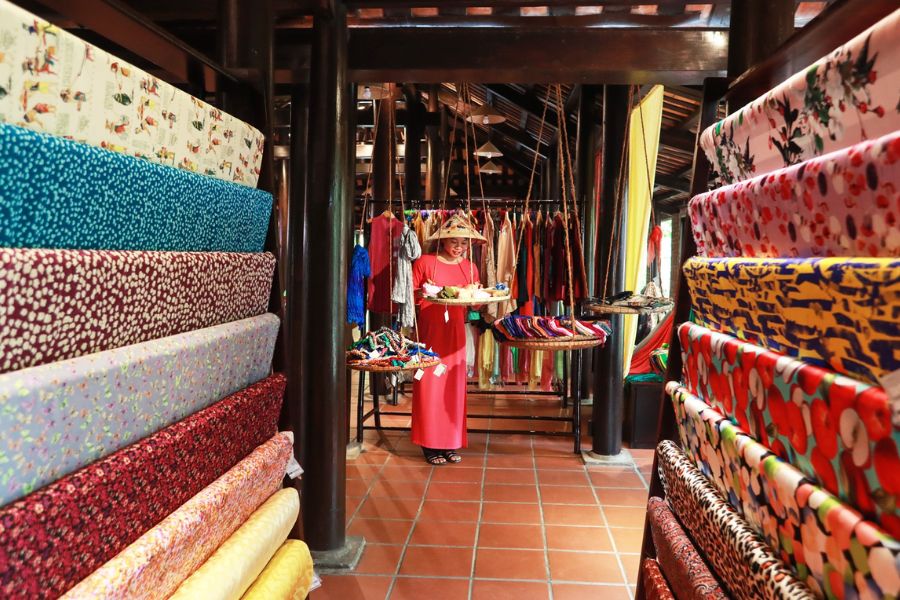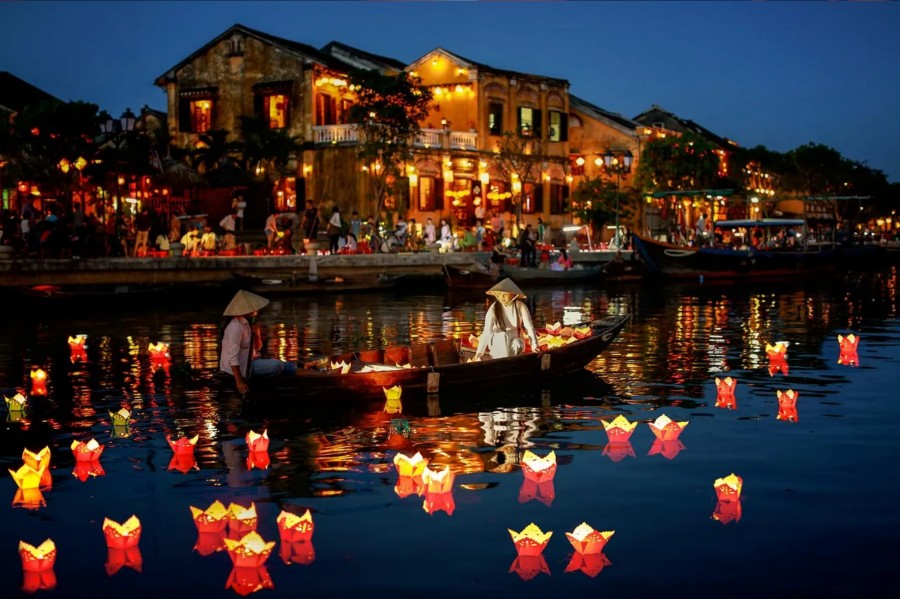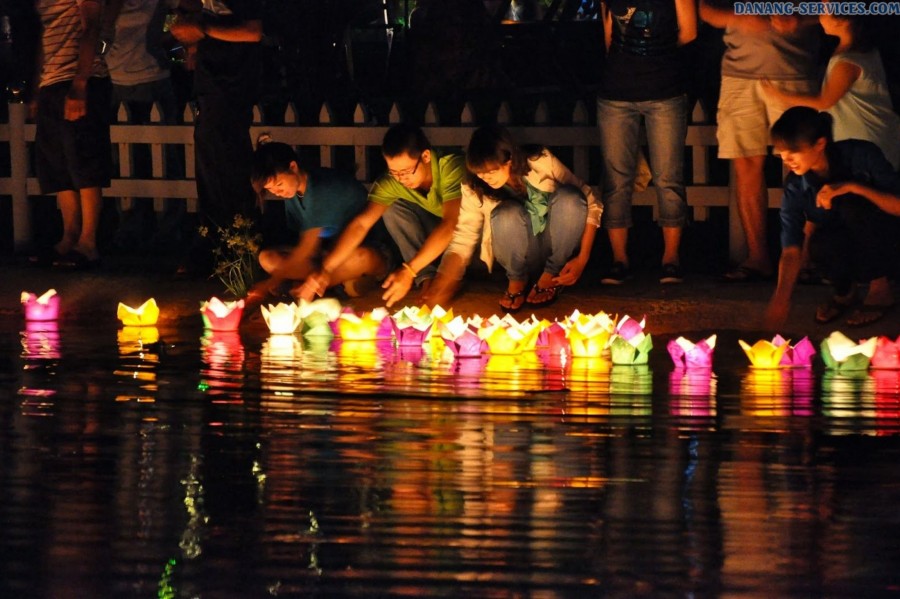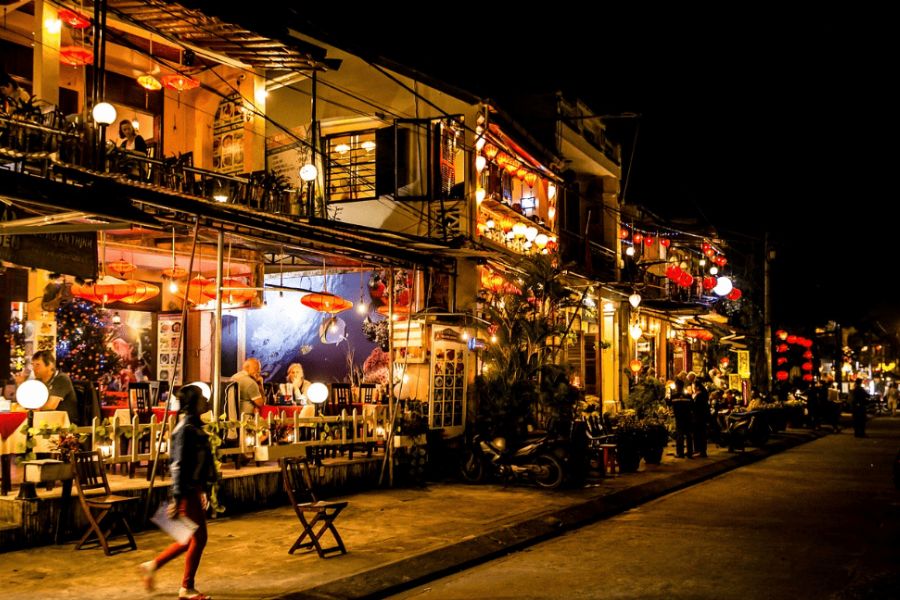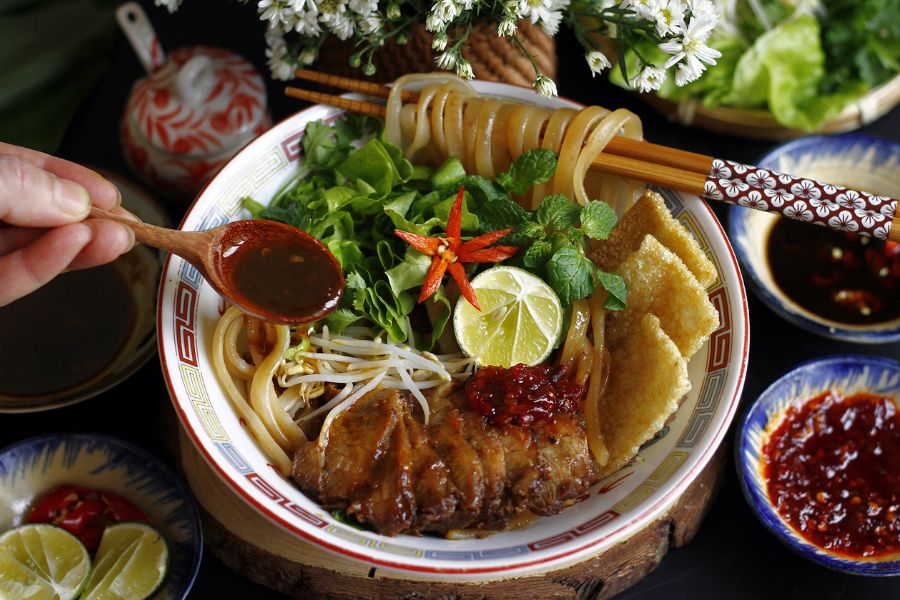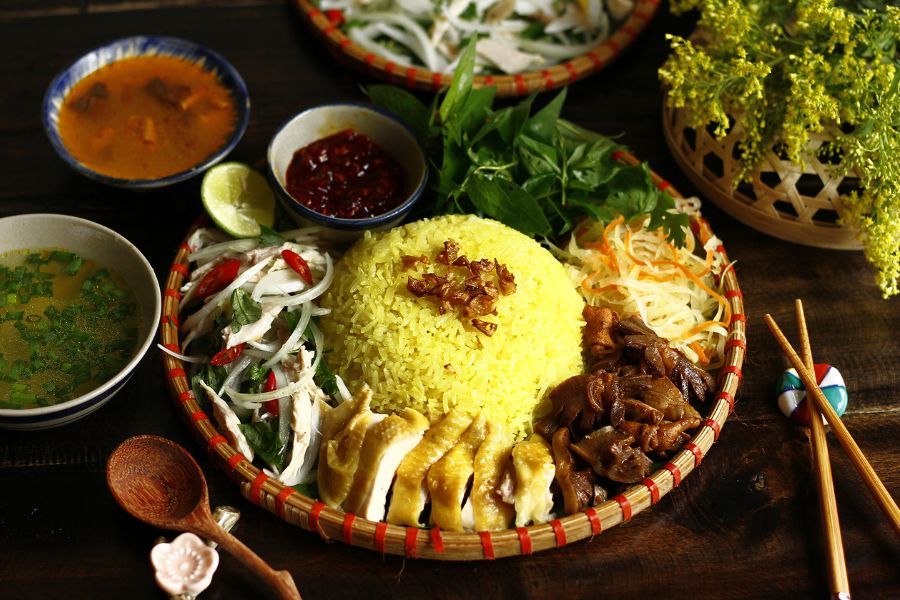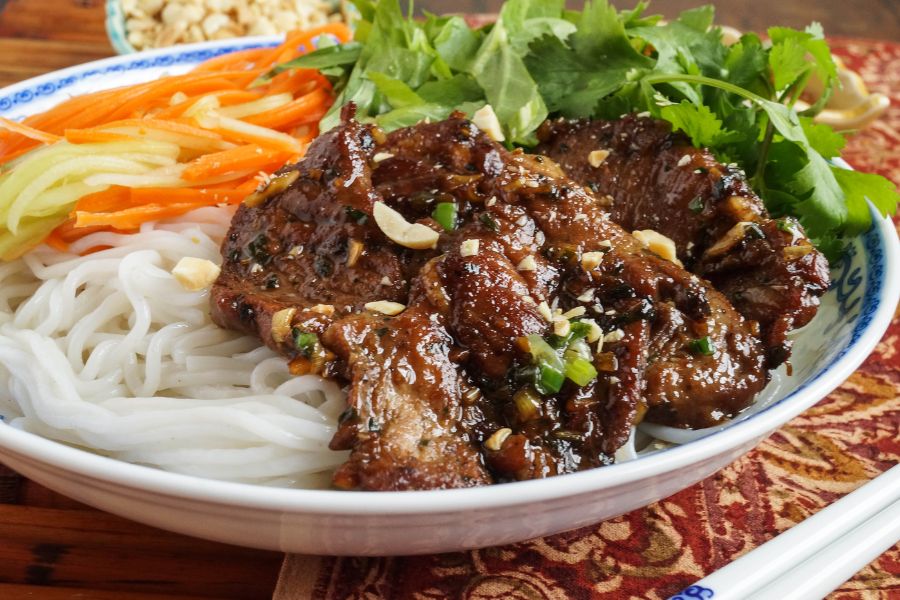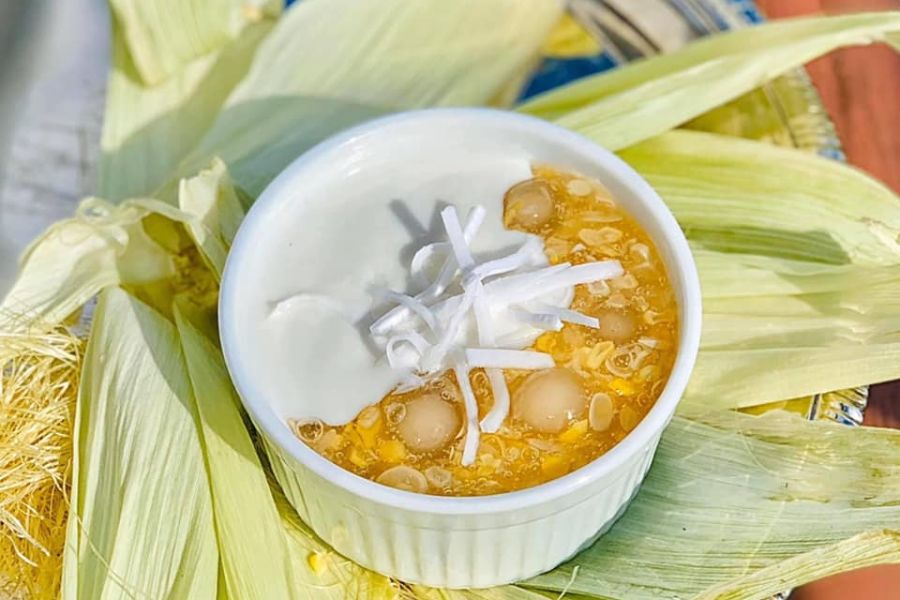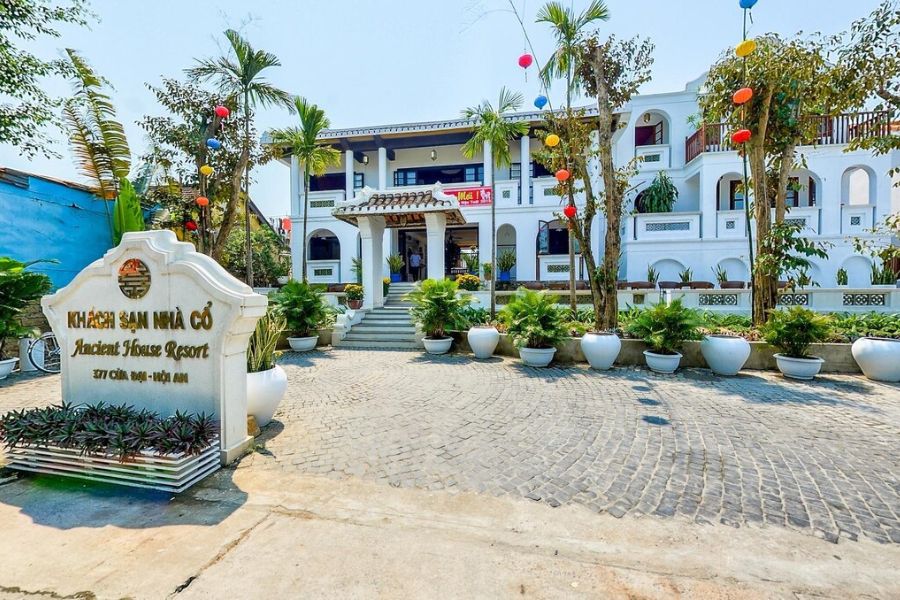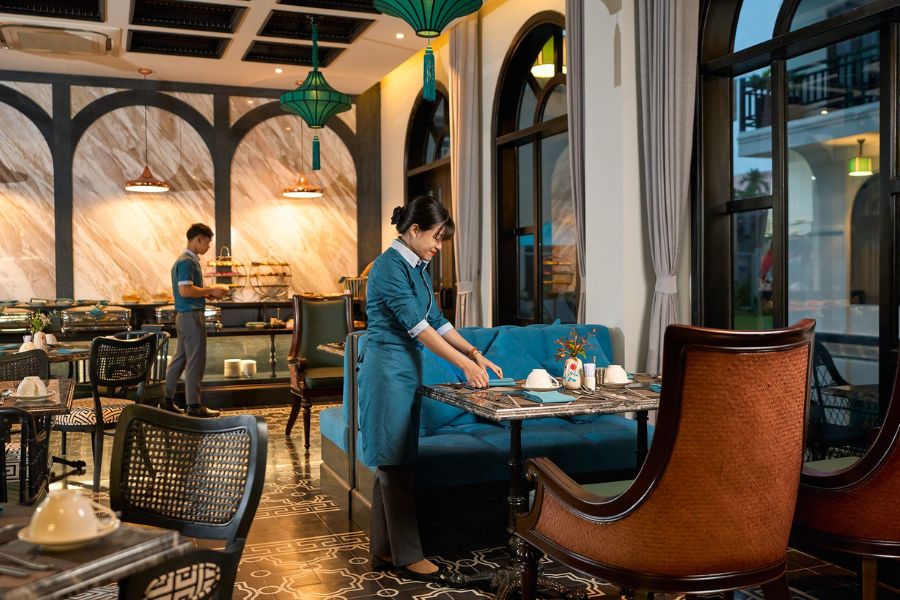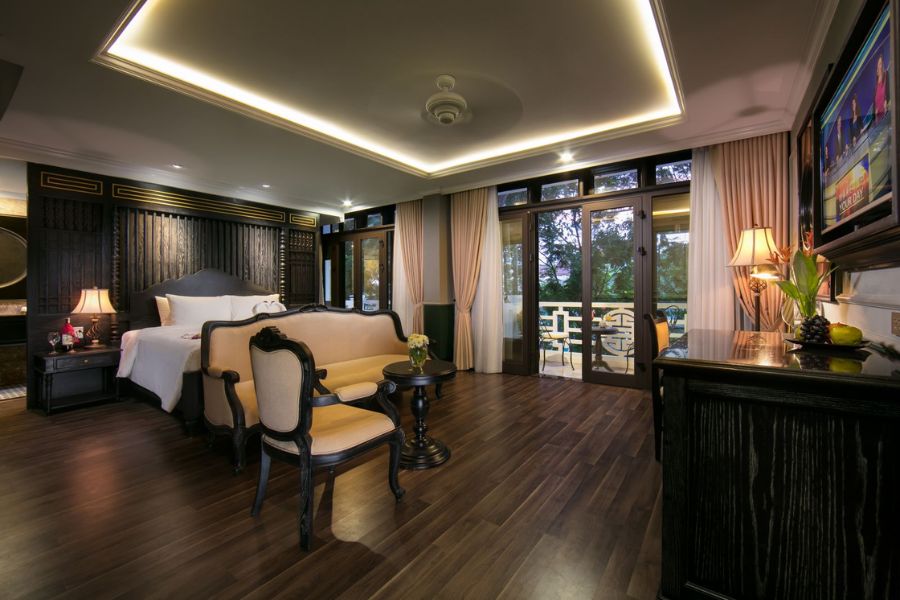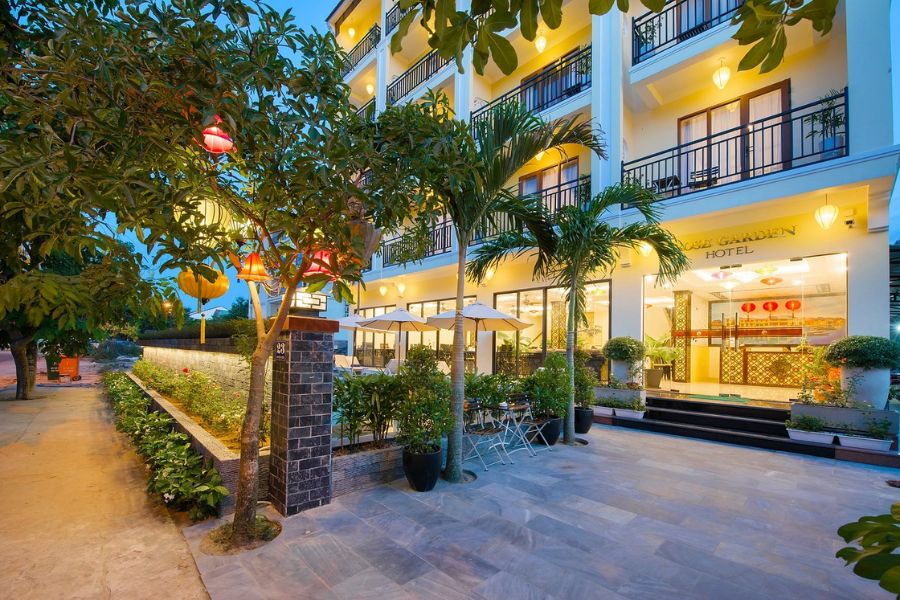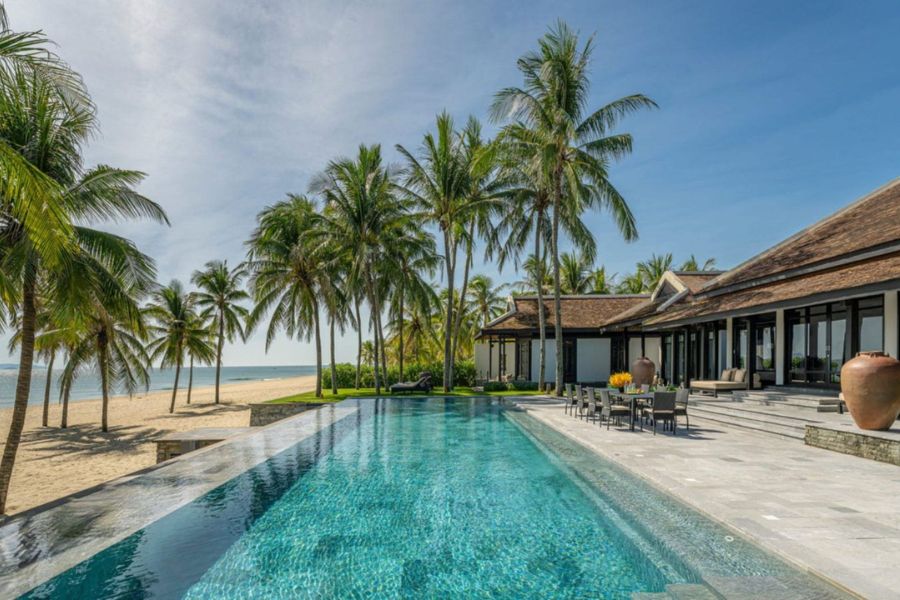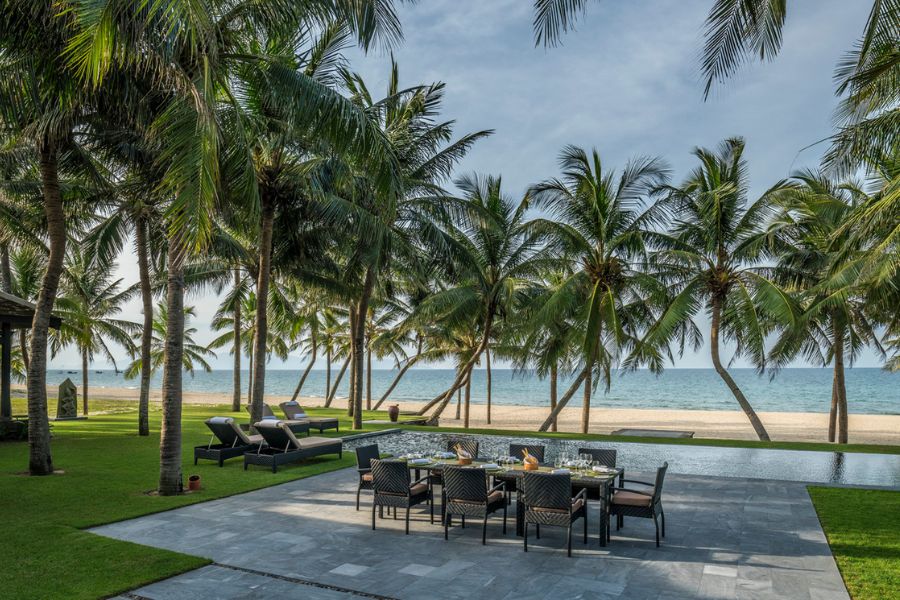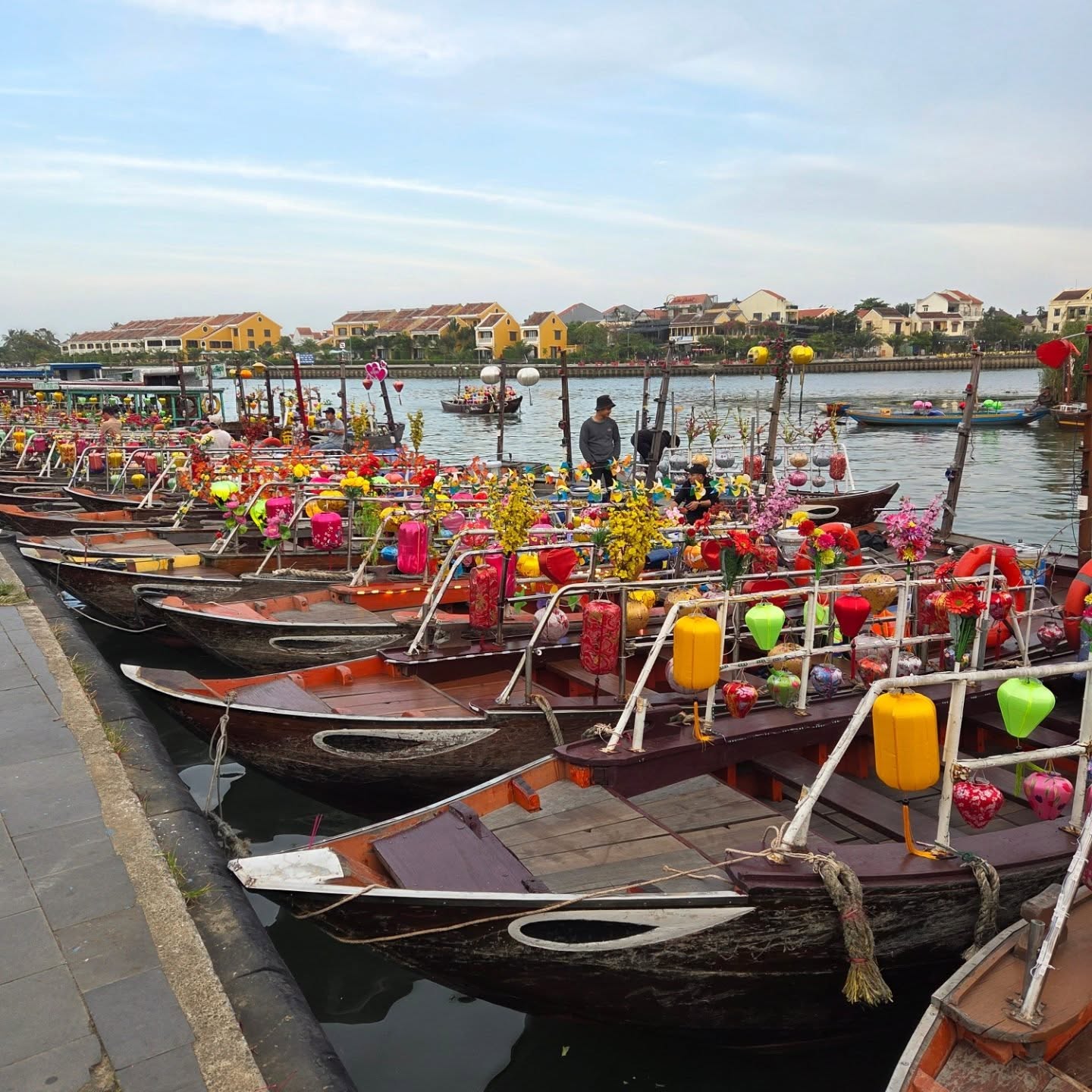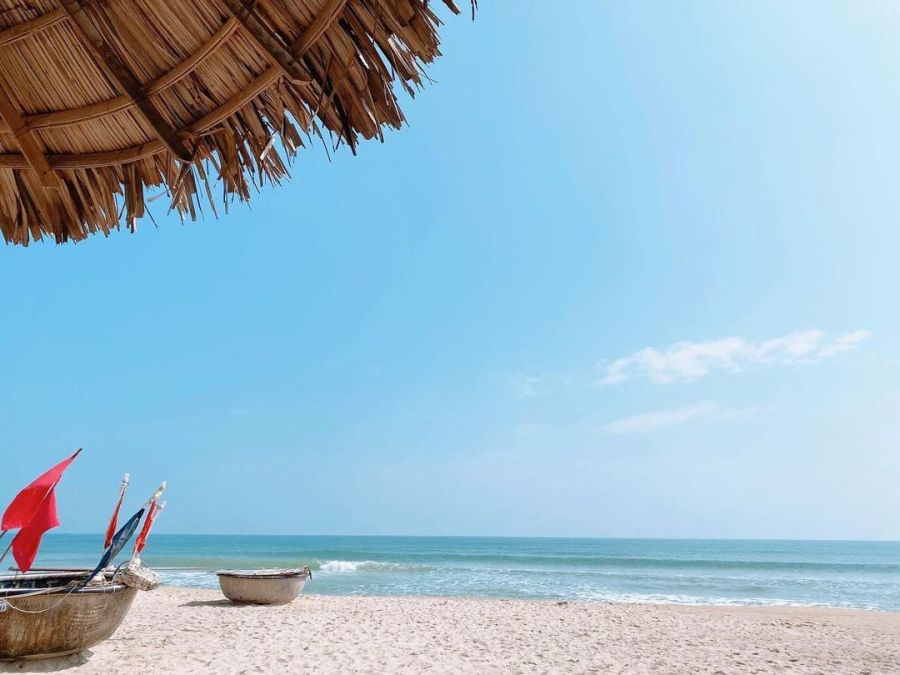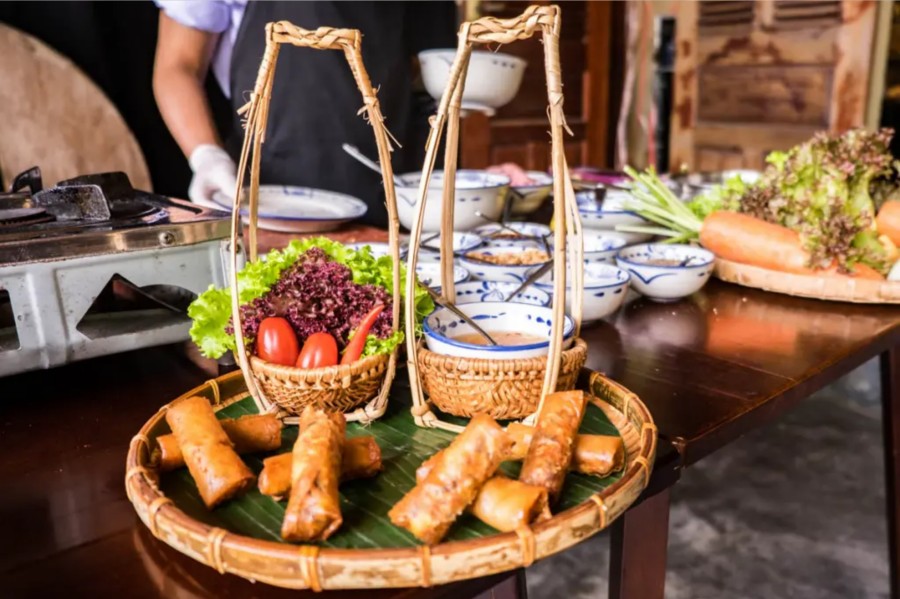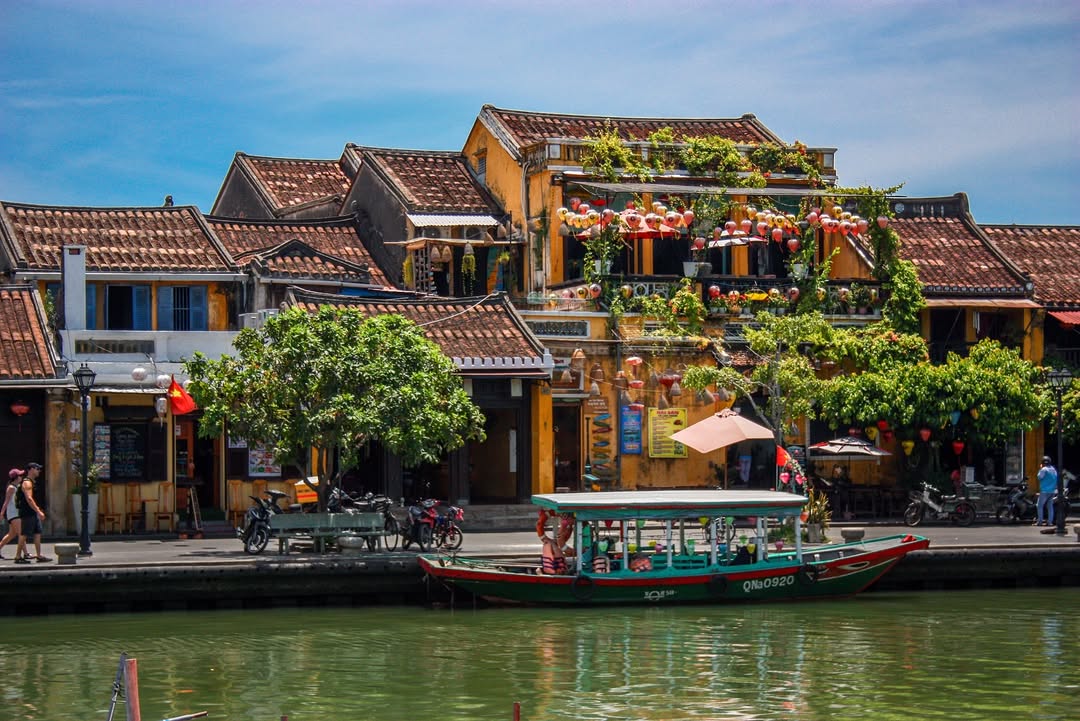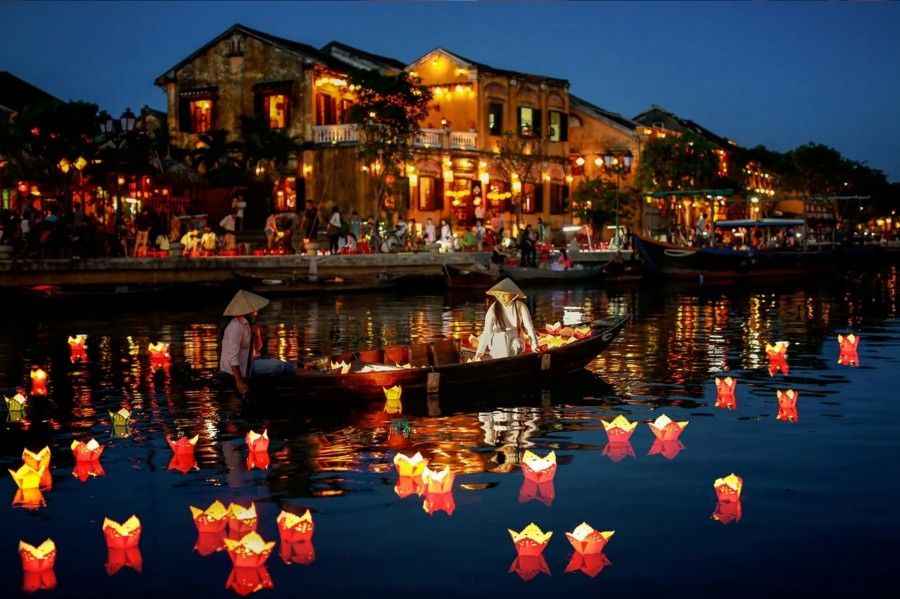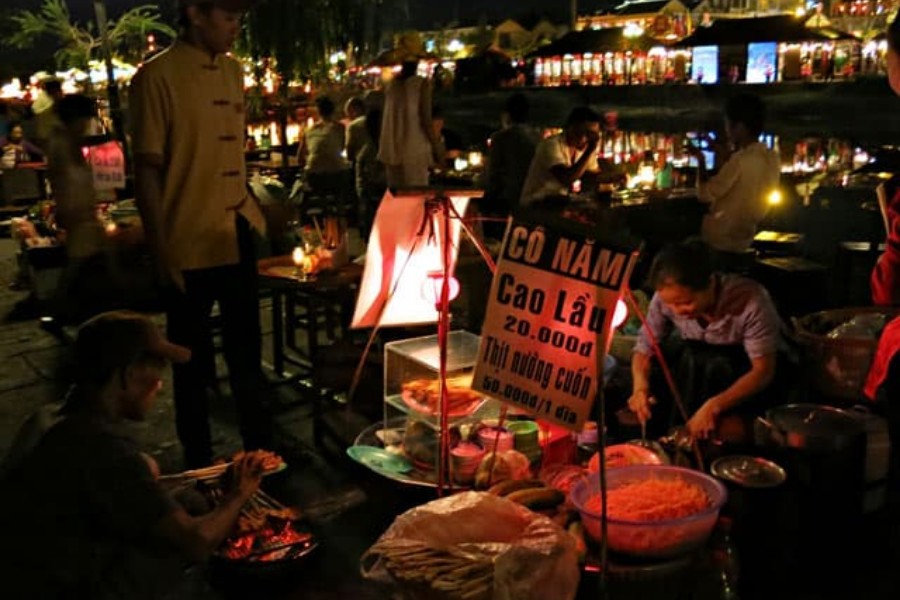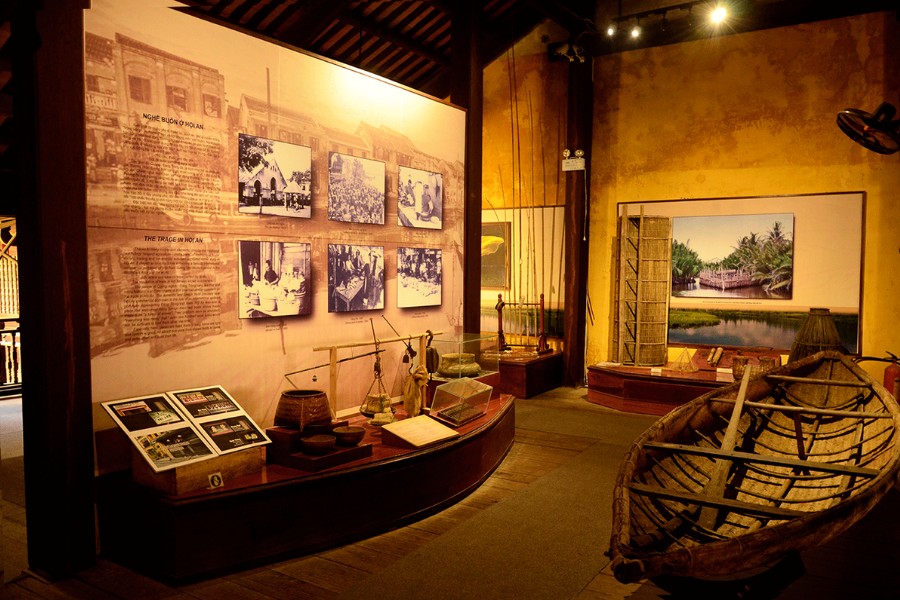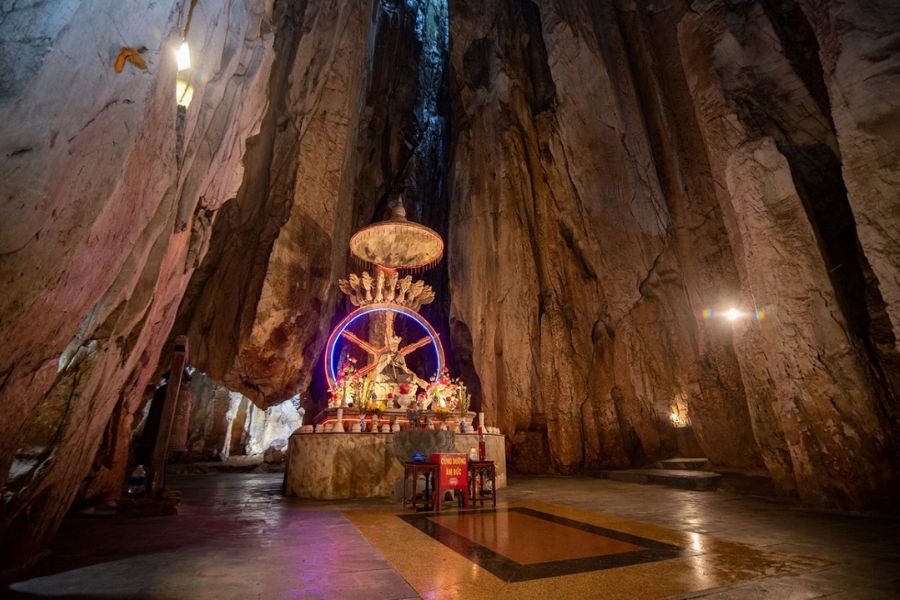Best Ways To Travel From Hoi An To Ninh Binh Safely
Traveling from Hoi An to Ninh Binh encompasses a long journey across Vietnam, a full distance of roughly 691 km. The travel time is roughly 10 hours traveling by car, or roughly 14-15 hours by bus.
Overview Of Hoi An To Ninh Binh
Hoi An and Ninh Binh are two of Vietnam’s most delightful stops in the country, each providing a very different experience for the traveller. Many choose to visit both places to explore the opposite nature of each location. Hoi An is rich in history with picturesque lanterns and historic streets, a must stop for culture and life lovers alike. Ninh Binh, also known as “Ha Long Bay on Land”, is a beautiful mix of limestone mountains, tranquil bodies of water, and lush rice fields. Both places offer cultural heritage and natural beauty, with beautiful surroundings.

The difference in scenery is what makes the combination of Hoi An and Ninh Binh such an appealing journey, and their contrasts create richness in experience. With Hoi An’s bustling old town and Ninh Binh’s peaceful and scenic landscape, you are sure to gain a rich experience travelling through Vietnam. The journey provides both unique and irresistible experiences of local life, along with the tranquillity of Vietnam’s natural wonderland!
How Far Is It From Hoi An To Ninh Binh?
The distance between Hoi An and Ninh Binh is roughly 691 kilometers, resulting in a longer trip in Vietnam. Travel to both sites will highlight the stark differences in Ninh Binh’s limestone formations and Hoi An’s beautiful old town. While the trip is relatively far, it is not that basic share travelers find the long trip justifiable because both places are different experiences.

Time blowing between the two locations: by car it is about 12-13 hours without abatement or dangers. By sleeper bus, it is only longer from 13 hours, 55 minutes to 15 hours, with traffic and stops included. Therefore, when many people travel, they prefer to do it while they sleep at night on a bus. Some combine it with a brief flight to make it quicker.
How To Travel From Hoi An To Ninh Binh?
Traveling via Hoi An to Ninh Binh can be a slow journey because there is no direct route, but you can choose from several means of transport, depending on your budget and preferences.

By Train
Because Hoi An does not have a train station, you first need to travel to Da Nang Railway Station (about 30 km from Hoi An). From Da Nang, you can take a train to Ninh Binh. This usually takes 14-16 hours. The price of the tickets depends on the seat type (hard seat, soft seat, or sleeper berth), and the prices range from around 500,000-1,000,000 VND.
By Bus
One of the cheapest ways to get to Ninh Binh is to take a sleeper bus directly. The bus ride from Hoi An to Ninh Binh is usually around 17-19 hours. The price of the bus ticket is about 600,000-800,000 VND. While it is an affordable option, the distance you have to travel makes it a bit tiring, so keep this for budget travelers.

By Plane And Taxi/Train
Another option is to fly from Da Nang International Airport to Hanoi (around 1.5 hours). After landing, you would need to grab a taxi, shuttle, or train to Ninh Binh, which is another 1.5-2 hours. Flight tickets typically range in cost from 900,000-1,500,000 VND, and it costs about 150,000-300,000 VND to do the Hanoi-Ninh Binh transfer. This option can be the quickest, most convenient, and most comfortable way to travel from Da Nang to Ninh Binh.
By Private Car
If you value comfort and prefer flexibility, hiring a private vehicle is an option. The trip to Ninh Binh takes about 15-16 hours, and the price will depend on the type of vehicle, generally priced at around 6,000,000-8,000,000 VND for the trip. This option is ideal for families or small groups who want their own space and the ability to stop to check out sites on route.
Tips For Traveling From Hoi An To Ninh Binh
Traveling from Hoi An to Ninh Binh involves a decent amount of travel time, so with a bit of foresight and planning, you can ensure your journey will be enjoyable and go smoothly without unnecessary detours. Here are some helpful tips to ensure you get the optimum experience on this journey.
- Book your tickets in advance: Sometimes buses, trains, and flights fill up, especially during the high season.
- Take an overnight transport option: An overnight bus or train can save you time, and you save on one night’s accommodation.
- Travel light and comfortably: Travel is easier if you only take what you need for longer trips.

- Take some snacks and water: The journey may take a while, with the potential of not having the best food options at your stops.
- Look into transport options in Ninh Binh: If you need transport to your accommodation in advance, it’s smart to have transport arranged in advance, as the bus/train stations may not be located in proximity to tourist areas.
- Stay flexible: As weather and traffic can greatly affect schedules in Vietnam, you never know what could come up, so allow for buffer time!
Recommended Stops Along the Way
The trip from Hoi An to Ninh Binh takes you through a variety of beautiful areas, each with its own charm in Vietnam’s landscape. If you have the time, stopping at some of the areas mentioned below will make your trip even more memorable and worthwhile.
Hue – The Imperial City
Hue, Vietnam’s former imperial capital, is an essential stop on the journey north. Hue has the UNESCO-listed Imperial Citadel, the royal tombs, and ancient pagodas to remind visitors of Vietnam’s royal history. Additionally, Hue is known for its unique and distinct cuisine, like Bun Bo Hue (Hue-style beef noodle soup), Banh Beo (steamed rice cake with toppings), and Nem Lui Hue (grilled pork skewers), as well as its serene beauty due to the Perfume River. The opportunity to spend time in Hue allows you to immerse yourself in Vietnam’s cultural heritage while being in a relaxed setting.
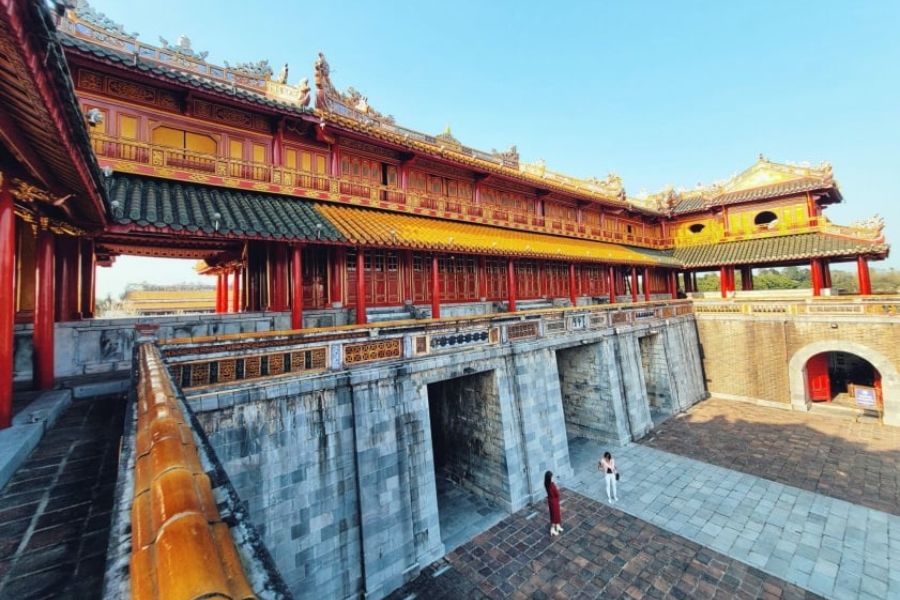
Phong Nha – Ke Bang National Park
For nature lovers and adventure seekers, a stop-off in Phong Nha-Ke Bang National Park is an ideal choice. The UNESCO World Heritage site features scenic limestone karsts and the world’s biggest and most unique caves, including the famous Son Doong and Paradise Cave. In Phong Nha National Park, visitors can take a boat trip on the Son River, trek through jungles, and admire impressive landscapes. It is a delightful detour destination to experience Vietnam’s wild and unspoiled beauty.
Thanh Hoa – Gateway To Pu Luong Nature Reserve
A provincial capital and a regional trader, Thanh Hoa, is the best entrance to Pu Luong Nature Reserve. Set amongst stunning mountains sprinkled with rice terraces and traditional villages, visitors can enjoy a retreat into nature in Pu Luong, trek through lush valleys, visit ethnic Thai communities, enjoy lookout points, and much more! This will be a nice stop for travelers to relax in the beauty and tranquility of Vietnam’s natural landscapes and rural charms.

Vinh City – A Beach Town
Vinh is a city on the coast of Vietnam that acts as a little stop-off on your journey along the coast. Often overlooked, Vinh is an intriguing stop for travelers to get a glimpse of local authenticity. In Vinh, you can visit the Ho Chi Minh Square, named after Vietnam’s favourite leader, explore local markets, filled with fresh food and street food, and just a little north, Cua Lo Beach, which is a relaxing way to enjoy the sandy beach and fresh sea breezes before you continue your trip north.
Tam Coc – “Halong Bay On Land”
Tam Coc is an experience you will want to have before arriving at Ninh Binh city, and you should not miss it! Tam Coc, long known as Halong Bay on land, is stunningly beautiful with dramatic limestone cliffs and karst hills rising above winding rivers and rice paddies. The best way to explore Tam Coc is on a boat ride down the Ngo Dong River, as you glide past caves and towering karst formations. It is a peaceful yet beautiful introduction you will enjoy before experiencing Ninh Binh itself.

FAQs About Traveling From Hoi An To Ninh Binh
If you’re planning your trip for the first time from Hoi An to Ninh Binh, you may have a ton of questions in mind. To help make things simpler, we have outlined some of the FAQ’s with detailed answers below that can help avoid headaches along your journey.
How far is it from Hoi An to Ninh Binh?
Depending on the route, the distance is estimated to be around 700-750 kilometers. Because of the distance, many travelers take an overnight train or direct bus rather than trying to drive on their own.
What is the cheapest way to travel from Hoi An to Ninh Binh?
The cheapest way is via sleeper bus, which will cost anywhere from $20-30 per ticket. It is slower and not nearly as comfortable as the train or flight option, but for travelers on a budget, this is a good option to choose.

What is the quickest way to travel from Hoi An to Ninh Binh?
The quickest way to get there is to fly from Da Nang Airport to Hanoi (around 1.5 hours) and then take a train, bus, or private car onward to Ninh Binh (around 1.5-2 hours). If saving time is critical, this is the best option to choose.
Is there a railroad from Hoi An to Ninh Binh?
No, there is no train station in Hoi An. Firstly, you must travel to Da Nang Railway Station, which is roughly 30 km from Hoi An. Once in Da Nang, you can catch a direct train to Ninh Binh, which takes approximately 14-15 hours.
Is it safe to travel overnight from Hoi An to Ninh Binh?
Yes, overnight buses and trains are generally safe for travelers. It is a good idea to keep close watch of your valuables on buses and trains and book your ticket with reputable transport providers.
Can I book online in advance?
Yes, you can. All buses, trains, and even flights can be booked online via reputable Vietnamese booking websites or apps. It is strongly advised to book your ticket as early as you can, especially during weekends or holidays.
Final Thoughts
Traveling from Hoi An to Ninh Binh is a beautiful journey between two of the most interesting towns in Vietnam. Whether you enjoy a short flight, a train ride, or a road trip, each with its own unique experience. If possible, try to plan ahead and pick the best transport for your trip. Are you planning to explore Ninh Binh after Hoi An? Let Seni World help design the itinerary for a great trip in Vietnam!




